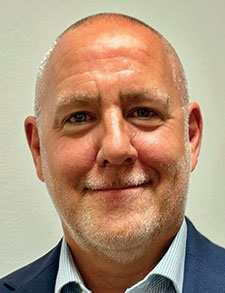Although compliance programming takes a lot of resources or may be already happening informally, all physicians should review their activities to ensure they are fulfilling their obligations under the law, as well as to their practice.


Although compliance programming takes a lot of resources or may be already happening informally, all physicians should review their activities to ensure they are fulfilling their obligations under the law, as well as to their practice.

Innovations initially developed for and by the gaming industry have moved into medical clinics and operating rooms.

Medical students and residents are embracing new technologies to help them study. This shift is driven by advances in artificial intelligence (AI), educational platforms, and other digital tools, along with demands for more flexible and personalized learning.

In this article, we entertained the question of whether our trainees should be required to use extended reality (XR) technologies to achieve a certain level of proficiency before engaging with hands-on surgical experiences.

Correctly identifying the origin or cause of VPI is critical to successful treatment. Surgeons share their thoughts on treating velopharyngeal insufficiency with injectables.

Raising concerns about pay equity is a legally protected activity—employers cannot retaliate against you for bringing these issues forward.

CMA members’ concerns about a recent reimbursement policy change Blue Shield had announced regarding evaluation and management (E/M) services billed with the Current Procedural Terminology (CPT) modifier 25. The new policy would reduce by 50% reimbursement for any non-preventive E/M service appended with modifier 25 and billed with a minor procedure code.

VBC (value-based care) is coming to otolaryngology offices within the next five years through the Centers for Medicare and Medicaid Services (CMS) initiatives, and otolaryngology needs strategies for responding to how value, outcomes, and cost will be captured and measured

On April 23, the FTC issued a final rule banning non-competition agreements. After a roller coaster of litigation and uncertainty that lasted months, the FTC Final Rule was halted by a federal court in Texas, in the form of a nationwide injunction. Now the question looms: What does this mean for current and future physician noncompetes?

Fundamental to medical decision making is the challenging task of weighing the benefits against the risks of any given treatment decision. Clinical guidelines and protocols help with this decision making, which is further informed by physician judgment, particularly when the evidence is weak or lacking.